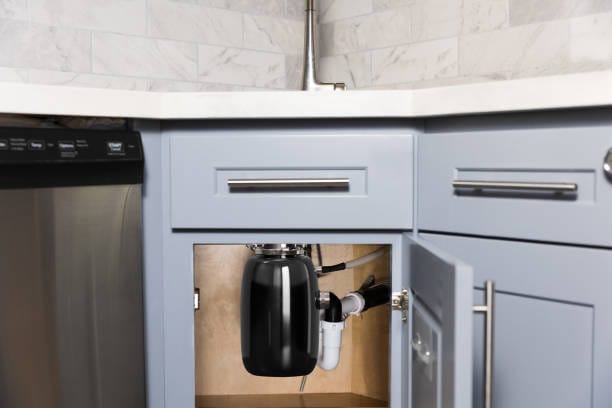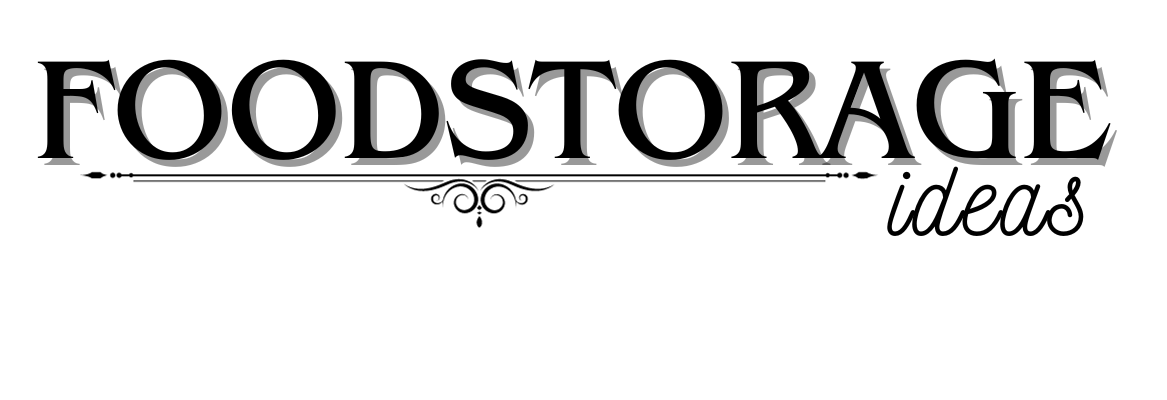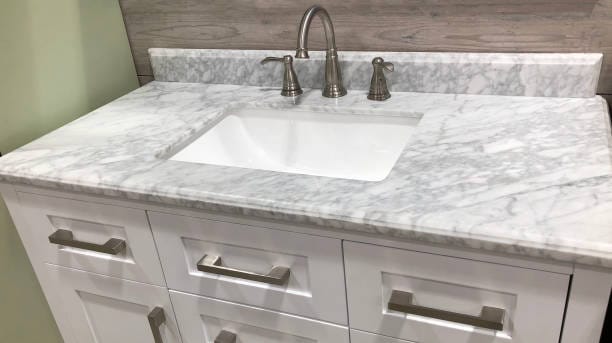The kitchen and restroom sinks are fundamental parts of any home, giving comfort to everyday undertakings like washing dishes, planning dinners, and keeping up with individual cleanliness. So What You Should Not Put Under a Sink?
Nonetheless, numerous mortgage holders must pay more attention to the significance of appropriate stockpiling and careful choices about what to put under these sinks. While utilizing the bureau space underneath the sink may be enticing for advantageous capacity, only some things are appropriate for this area. Read about the 4 best tips about what you should not put under a sink.
We will determine what you should not put under a sink. gamble Why they repress gamble amble and elective stockpiling answers for safeguarding your pipes and home. Here are the 4 best tips about what you should not put under a sink.

Figuring out the Weaknesses of Sink Cupboards
What Before exploring What Should You Not Put Under a Sink?, understanding the weaknesses of this space is essential. Sinks are associated with an intricate organization of lines and plumbing frameworks that are delicate to the outer elements. An overabundance of dampness, breaks, and spills are everyday issues here, making it fundamental to be careful about what you store underneath your sink.
The essential guilty parties causing harm in sink cupboards incorporate water spills, pipe consumption, and openness to unforgiving synthetic substances. Certain things can worsen these issues, prompting expensive fixes and potential well-being perils. We should dig into the points of interest that shouldn’t track down a home underneath your sink.
What You Should Not Put Under a Sink?
Household Cleaners and Synthetic Compounds: Families store cleaning items under the sink for simple access. Notwithstanding, the damp and encased space can prompt synthetic responses, compartment consumption, and breaks.
Harmful exhaust may likewise develop, presenting dangers to the well-being of inhabitants. All things being equal, consider a committed stockpiling region away from water sources or select eco-accommodating, non-destructive, or other options.
Metal Cookware and Utensils: Putting metal cookware under the sink can prompt rust and consumption because of its steady openness to dampness. Keeping metal things in a dry, ventilated space is fitting to forestall decay.
Paper Items: While it could appear to be innocuous to store paper towels, napkins, or even cardboard boxes under the sink, these things are exceptionally retentive and can undoubtedly be harmed in the event of a hole. Also, wet paper items establish an optimal climate for shape development. Pick a dry, cool area for paper capacity.
Electrical Appliances Under-sink cupboards are not the spot for electrical machines. The gamble of water openness can prompt short circuits and represent a severe security danger. Keep apparatuses like blenders and toaster ovens in dry, assigned regions.
Non-Waterproof Compartments: Choose water-safe holders and plates while arranging things under the sink. Cardboard boxes and porous materials are inclined to absorb water, prompting mold development and crumbling.
Food Capacity: Putting food things under the sink is a catastrophe waiting to happen. Holes or spills can taint food, posing a threat to well-being. Assign a different storeroom or cabinet for food capacity away from plumbing.
Plastic Packs and Sacks: Plastic packs and sacks can, without much of a stretch, snare dampness, prompting mold and buildup development. All things being equal, use dampness-safe receptacles or holders for coordinated capacity.
Cloth Things: Towels, clothes, and wipes should be kept in a very ventilated region to forestall the development of bacteria and microorganisms. Under-sink cupboards are inclined to dampness development, making them unsatisfactory for putting away fabric things.
Excess Plumbing Supplies: While storing additional pipe supplies under the sink might appear viable, stuffing the space can prompt challenges getting to pipes in the event of a hole or fix. Keep spare parts coordinated in a different tool stash or capacity region.
Pet Supplies: Pet-related food, litter, and preparation supplies should be removed from sinks in assigned regions. Dampness can influence the nature of pet items, and breaks might defile these provisions.
What So we hope you will get the answer to the question, What should you not put under a sink? Let’s see some more explanations of the 4 best tips about what you should not put under a sink.

Outcomes of Disregarding Stockpiling Rules
Overlooking the rules on what not to put under a sink can bring about different outcomes, going from poorly designed to possibly dangerous.
Plumbing Issues: The quickest result of putting away unseemly things under a sink is the expanded gamble of plumbing issues. Breaks, erosion, and blockages can happen, prompting expensive fixes.
Mold and Buildup Development: Dampness-inclined regions are favorable places for shaping and molding. Putting away things that can trap dampness under the sink adds to the development of these unsafe substances, presenting dangers to the well-being of inhabitants.
Health Dangers: Things put away under the sink, particularly synthetics, can transmit harmful exhaust when presented with dampness or intensity. This represents a hazard to the tenant’s and pet’s well-being.
Damage to Possessions: The event Paper items, fabric, and cardboard boxes are defenseless to Putting them away under the sink improves the probability of their effects becoming demolished in the event of a hole.
Elective Capacity Arrangements
To relieve the dangers related to putting things under a sink, consider carrying out these elective stockpiling arrangements: What You Should Not Put Under a Sink?
Dedicated Capacity Racks: causing Introduce racks above or adjacent to the sink region to make an extra room devoted to cleaning supplies and other family things. This keeps them effectively open without causing harm to your pipes. Carefully about What You Should Not Put Under a Sink?
Cabinet Coordinators: Use bureau coordinators with plates and canisters intended to catch and contain spills. These can assist with keeping the space coordinated while safeguarding your assets.
Waterproof Compartments: Put resources into waterproof holders and canisters to store things under the sink. These compartments keep dampness from arriving at the items and add to a cleaner, more coordinated space. What You Should Not Put Under a Sink?
Regular Upkeep: Lead standard checks for breaks or dampness development under the sink. Instantly address any pipe issues to forestall long-haul harm. 4 best tips about what you should not put under a sink.
Use of Fixed Holders: For things that should be put away under the sink, utilize fixed compartments to keep breaks and spills from influencing the encompassing region. What You Should Not Put Under a Sink?
Conclusions about What Should You Not Put Under a Sink?
All in all, what you put under your sink can affect the life span of your pipes and the general prosperity of your home. By being aware of what you store here and executing elective capacity arrangements, you can lessen the risk of plumbing issues, shape development, and other possible dangers. What You Should Not Put Under a Sink?
Ordinary support and a proactive way to sort out your under-sink space are critical to guaranteeing a protected and practical climate in your kitchen and restroom. Thus, the following time you consider utilizing that bureau space underneath the sink, recall the rules framed in this thorough manual to safeguard your home and its pipe framework. This is all about: What You Should Not Put Under a Sink?

FAQs
For what reason is it critical to be wary of what we put under a sink?
Legitimate mindfulness is fundamental because the space under a sink is inclined to dampness, holes, and openness to cruel synthetics. Putting away improper things can prompt pipe issues, shape development, and create potential perils to well-being.
Might I, at any point, store family cleaners under the sink, assuming they are firmly fixed?
While fixing holders helps, storing family cleaners under the sink is not fitting because of the risk of breaks and compound responses. Putting them away in a dry, very well-ventilated area is better.
What elective capacity arrangements might I at any point use for things that ought not to be under the sink?
Consider introducing committed capacity racks, bureau coordinators with plates, waterproof compartments, and fixed holders. These options assist with keeping things coordinated and safeguarding them from expected harm.
Is it protected to store paper items under the sink?
Putting away paper items under the sink is optional. Paper is profoundly absorbent and can be effortlessly harmed if there should be an occurrence of a break. Also, wet paper establishes an optimal climate for shape development.
Could I, at any point, store spare pipe supplies under the sink for simple access?
While it may be helpful, keeping spare pipe supplies in a different tool kit or capacity region is wiser. Stuffing the space under the sink can make it challenging to get to the pipes during repairs.

